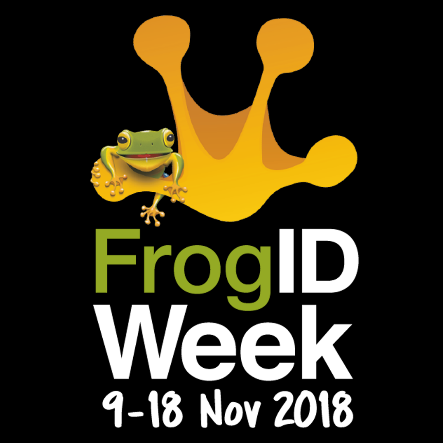Download PDF: ISPL Insight – Citizen Science
Flinders University researcher Lisel O’Dwyer has calculated volunteering in Australia to be worth $290 billion per annum, surpassing revenue sources from major sectors including mining, agriculture, defence and retail (Flinders University, 2014). One area where funding is generally low and volunteering can have a significant impact is through Citizen Science.
As discussed in the October 2017 Insight, Citizen Science involves public participation and collaboration in scientific research with the aim to increase scientific knowledge (Australian Citizen Science Association, 2018)
With the weather warming up and the summer holidays fast approaching it is the perfect time to get outdoors and enjoy our amazing natural environment whilst engaging in some citizen science and helping one of the many research projects going on around the State and Australia. The abundance of mobile apps designed specifically for citizen science makes participating easier than ever.
 Below are just a few of the Citizen Science projects currently operating within Perth and Western Australia.
Below are just a few of the Citizen Science projects currently operating within Perth and Western Australia.
Frog ID
Frog ID is a national citizen science project run through the Australian Museum that is helping to learn more about what is happening to Australian frogs and count numbers and locations from frog recordings. The data will enable the tracking of Cane Toads, identify where frogs are thriving and where they aren’t, and help provide data for the protection and conservation of frogs.
National Frog ID Week is coming up 9 – 18th November 2018 and is a great opportunity to take part in Australia’s biggest frog count.
How to get involved: Download the Frog ID app to your smartphone, create an account and head out into the environment to record and match your frog calls. You can also become an Audio DNA expert and help validate frog recordings from the field.

Dolphin Watch
– https://www.riverguardians.com/projects/dolphin-watch
Dolphin Watch was launched in 2009, focusing on one of the Swan Canning Riverpark’s most iconic species: Indo-Pacific bottlenose dolphin. The project is a partnership between the Department of Biodiversity, Conservation and Attractions (DBCA), and Murdoch and Curtin Universities and aims to provide a better understanding of dolphin ecology and their interactions with human activity.
 How to get involved: Dolphin Watch provides training with volunteers learning how to recognise and document specific information, for example, time, date, location, number of dolphins and behaviour. A smartphone app allows instant recording and upload of information collected.
How to get involved: Dolphin Watch provides training with volunteers learning how to recognise and document specific information, for example, time, date, location, number of dolphins and behaviour. A smartphone app allows instant recording and upload of information collected.
Fairy Wren Project
– https://fairywrenproject.org/
The Fairy Wren Project, run by aims to combine the knowledge obtained from scientific studies and citizen science to better understand the species and how they vary across their range. The project is currently tacking the following questions:
- How do environmental conditions influence the timing of moult into nuptial plumage for each species?
- How do environmental conditions influence the size and composition of cooperative groups for each species?
- How do the relationships we observe between environment, the timing of moult, size of groups, and composition of groups within each species help us explain previously-reported variation in extra-pair paternity, helping, and dispersal across the fairywren species?
How to get involved: Contributing to the Fairywren Project can be done by submitting sightings through the online eBird platform. The project has varying levels of participation from basic to advance with all data submitted being significant contributions.
Find a Citizen Science Project
These and plenty more projects are easy to find by logging onto the Australian Citizen Science Association.
Going on holidays this summer to another part of Australia? Why not see if there are any projects in that area that you could get involved in whilst exploring and learning about a new location.
Remember, whenever you are heading into the bush, for a citizen science project or for leisure, wear appropriate clothing and shoes, take plenty of water and let someone know where you are going.
References
Australian Citizen Science Association. (2018). 10 Principles of Citizen Science. Retrieved October 30, 2018, from https://citizenscience.org.au/10-principles-of-citizen-science/
Australian Citizen Science Association. (2018). Who we are. Retrieved October 30, 2018, from Australian Citizen Science Association: https://citizenscience.org.au/who-we-are/
Flinders University. (2014, October 31). Volunterring worth $290 billion a year. Retrieved October 30, 2018, from Flinder University: https://news.flinders.edu.au/blog/2014/10/31/volunteering-worth-290-billion-a-year/

